Green Ventilation: Whirlybirds vs Other Systems
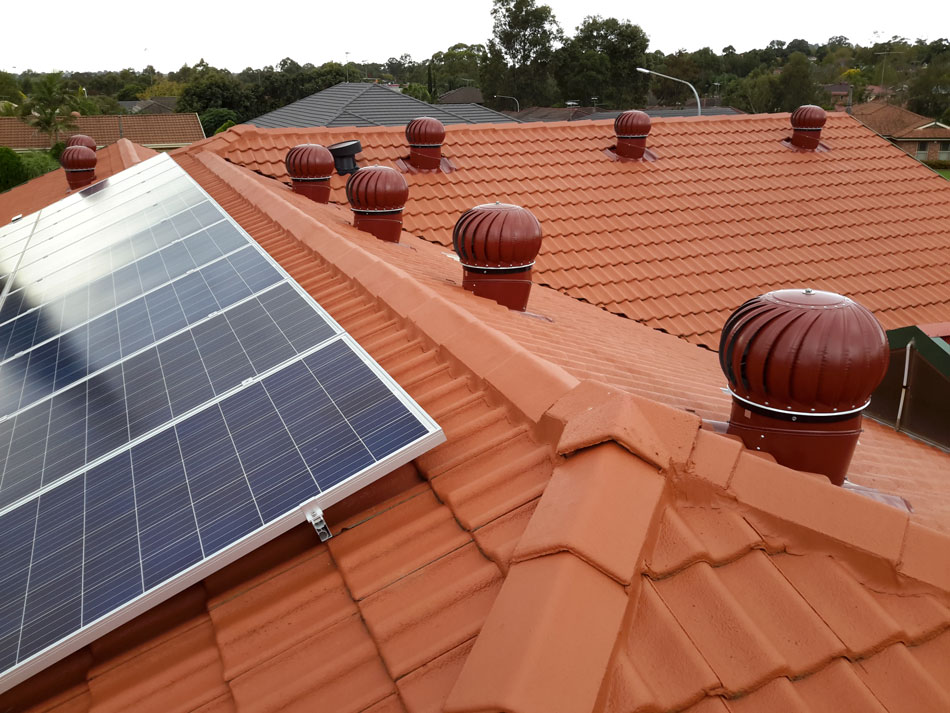
For homeowners looking for eco-friendly home ventilation, solar-powered systems often steal the spotlight. But there's another powerful, passive solution that deserves your attention: whirlybird vents! These wind-driven turbine vents offer a way for you to cool your home without power. This helps you cut cooling costs and extend the life of your roofing materials.
In this article, we'll compare whirlybirds to other sustainable ventilation options like solar vents, passive louvres, green roofs, and HRV systems. You'll learn why, despite all these alternatives, whirlybirds are still a smart, low-maintenance, and highly effective solution for Australian homes. We'll also bust a few common myths about how they work, even when there is no wind!
If you're looking for a cost-effective way to keep your home cooler and greener, explore Twista's range of premium whirlybirds, designed for Australian conditions and built to last.
What Is Whirlybird Ventilation?
A whirlybird, which is also known as a turbine vent, is a wind-powered roof ventilator designed to extract hot, stale air from your roof cavity. As the wind spins the turbine, it creates a vacuum effect that pulls warm air and moisture out of your attic or roof space. This process helps reduce indoor temperatures, improve airflow, and prevent damage caused by trapped heat and humidity, especially during hot Australian summers!
Whirlybird ventilation is entirely passive, meaning it requires no electricity or solar power to operate. It's a simple, reliable system with minimal moving parts, making it one of the most cost-effective and low-maintenance ventilation solutions available.
If you want to improve your home's ventilation naturally, then check out Twista's range of whirlybird vents and find the perfect solution for your roof.
Common Eco-Friendly Ventilation Alternatives
While whirlybirds offer an excellent passive solution, they're not the only option available. From solar-powered vents to green roofs, there are many eco-friendly ventilation systems on the market. Here are some of the most common ones:
Solar Roof Ventilators
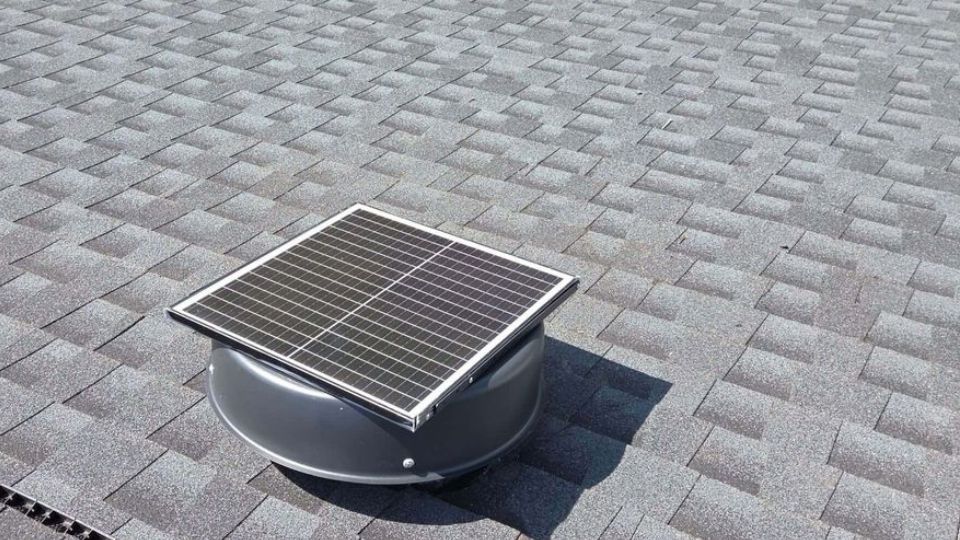
Solar roof ventilators use photovoltaic panels to power electric fans that actively extract hot air from your roof space. Unlike passive systems, they provide consistent airflow, even in still conditions, helping to reduce indoor temperatures and improve energy efficiency!
Their key benefits include active cooling performance and the ability to operate without tapping into your home's electricity. However, they do rely on sunlight, which can reduce effectiveness on cloudy days or at night. Solar ventilators also have mechanical components that can wear out over time, and these systems usually come with a higher upfront cost compared to passive options like whirlybirds!
Passive Ventilation Louvres & Vents
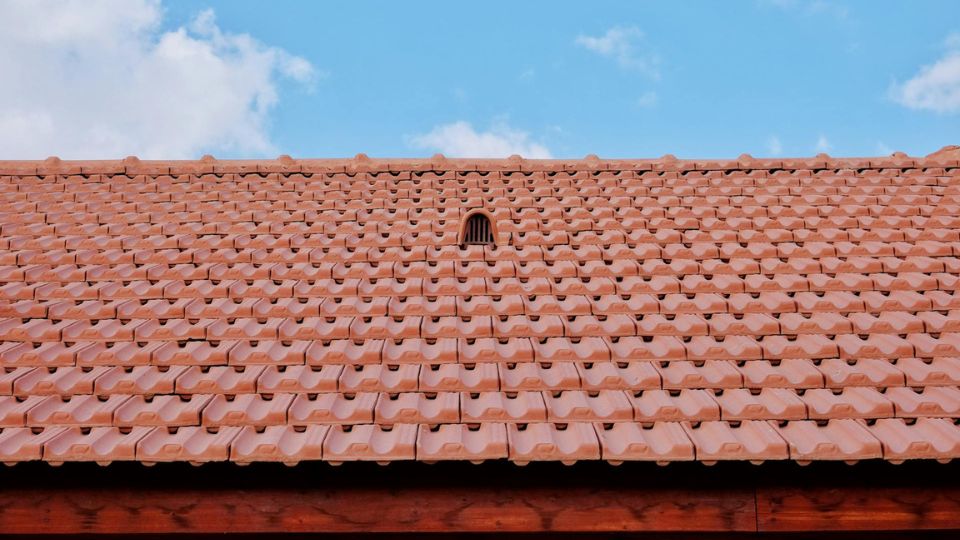
Passive ventilation louvres and vents are fixed openings that allow natural airflow through a building. They are usually installed on walls or eaves, and rely on wind pressure and thermal buoyancy to draw in cooler air and expel warm air without using electricity.
Their main advantages are low cost, zero energy use, and minimal maintenance. However, their performance depends heavily on building design and natural airflow patterns! In homes without sufficient roof height or cross-ventilation, passive vents can be less effective at removing trapped heat compared to roof-mounted systems like whirlybirds or solar ventilators.
Green Roofs / Cool Roofs
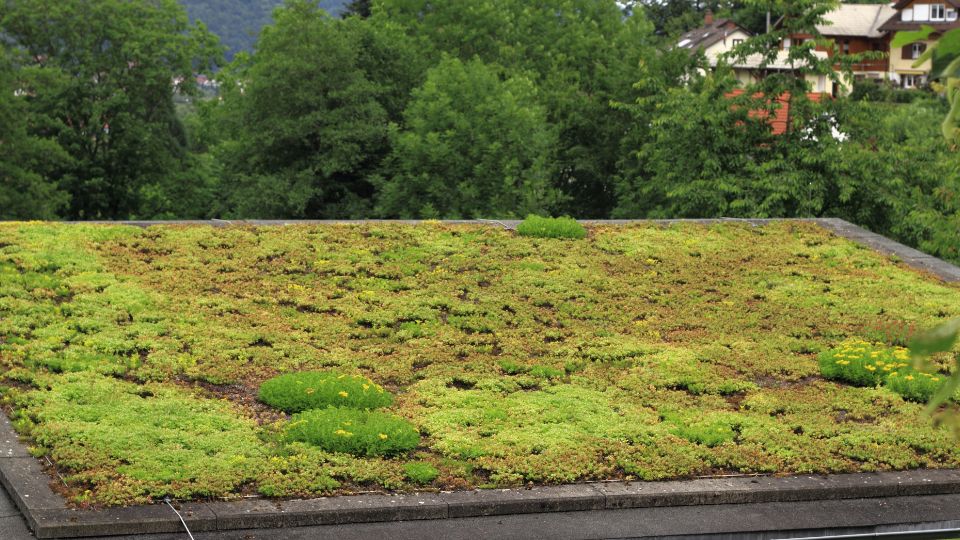
Green roofs feature layers of soil and vegetation planted over a waterproof membrane, while cool roofs use reflective coatings or light-coloured materials to reflect sunlight and reduce heat absorption. Both systems help lower roof temperatures, improve insulation, and reduce the urban heat island effect!
These solutions offer excellent thermal performance and promote energy savings. They even help enhance biodiversity in urban areas! But it's important to note that they come with significant upfront costs and often require structural reinforcements to support added weight. They also require a lot of maintenance, especially for green roofs, making them better suited to new builds or large-scale commercial projects.
Heat Recovery Ventilation (HRV) Systems

Heat Recovery Ventilation (HRV) systems use fans and heat exchangers to provide fresh air while capturing heat from outgoing stale air. This technology helps maintain indoor air quality and temperature without wasting energy, making it popular in airtight, energy-efficient buildings.
HRVs offer excellent climate control, reduce humidity, and are ideal for homes in colder climates! They are tech-heavy, though, so they require professional installation and involve a lot of ongoing maintenance. For the average Australian home, HRVs are often over-engineered and expensive, making simpler systems like whirlybirds or solar vents more practical for natural, low-cost ventilation.
Whirlybirds vs Other Systems: Key Comparison Table
With so many eco-friendly ventilation options available, it's important to compare them side by side! The table below highlights key factors like cost, energy use, maintenance, and performance. See how whirlybirds stack up against solar vents, passive systems, green roofs, and HRV units to make a good choice for you:
Why Whirlybird Vents Are So Sustainable
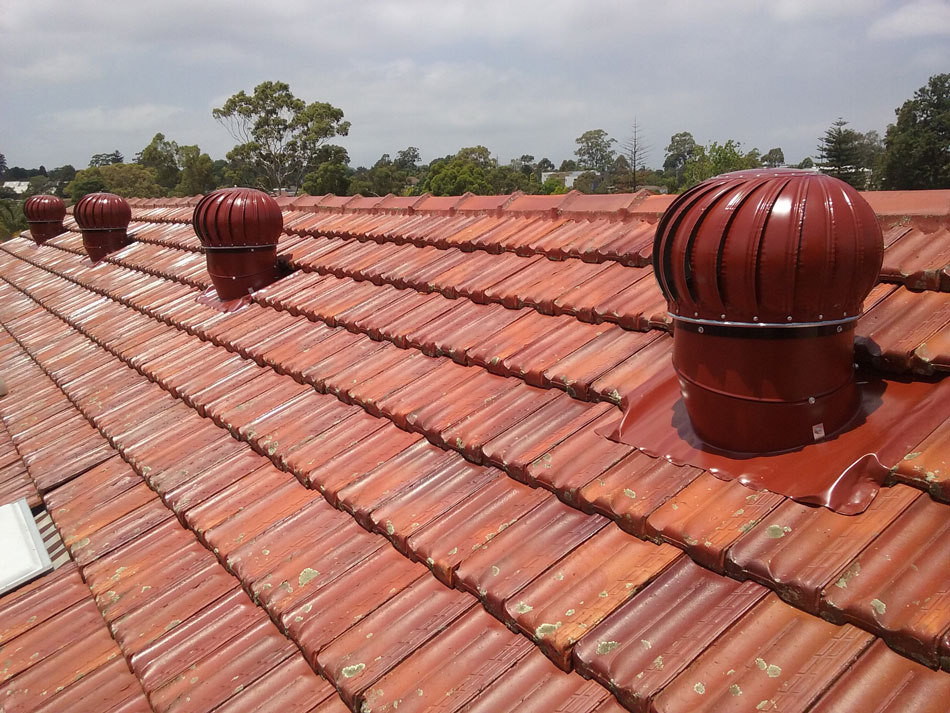
Whirlybirds are one of the most eco-friendly ventilation solutions available, offering long-term benefits for both the environment and your energy bills. Here's why they stand out in terms of sustainability:
Zero Operational Carbon Footprint
Whirlybirds are wind-powered and require no electricity to run! This means they produce no ongoing carbon emissions once installed.Made from Sustainable Materials
Most whirlybirds are constructed from recyclable aluminium or durable polycarbonate, reducing landfill waste and supporting circular manufacturing practices.No Energy Consumption
Unlike active systems such as solar vents or HRVs, whirlybirds operate 24/7 without drawing on the power grid or batteries!Low Maintenance, Long Lifespan
With minimal moving parts and no electronics, whirlybirds offer 15+ years of reliable service, reducing the environmental impact of repairs or replacements!Perfect for Retrofitting Older Homes
Whirlybirds don't require wiring, solar panels, or structural upgrades, making them an ideal choice for older buildings needing improved ventilation without major renovations.Silent and Non-Intrusive
They ventilate naturally and quietly, blending into your roofline without altering the home's appearance or acoustics.
For a greener, simpler solution to roof ventilation, try Twista's whirlybirds!
Common Whirlybird Myths
Despite their simplicity and effectiveness, many people have misconceptions about whirlybird vents. Let's clear up some of the most common myths:
"Whirlybirds don't work without wind"
While wind helps increase airflow, whirlybirds also function through thermal uplift! Hot air naturally rises, creating pressure that pushes warm air out through the turbine, even on still days. So yes, they still ventilate without wind, just at a slower rate!
"Solar is always better"
Solar vents do offer active airflow but rely on direct sunlight and contain mechanical parts that may wear out. Whirlybirds, however, are completely passive, have zero energy costs, and require far less maintenance. For many homes, especially in mixed weather conditions, whirlybirds are the more reliable, long-term solution!
"You need lots of whirlybirds for them to work"
This is not true! The number required depends on your roof size and ventilation needs. Most average homes only need 2-4 whirlybird vents, strategically installed for optimal airflow. Over-installing is unnecessary and doesn't boost performance very much.
Should You Install A Whirlybird?
If you're looking for a low-maintenance, energy-free way to improve your home's ventilation, then yes, you should consider installing a whirlybird! They're especially well-suited to:
Tiled or metal roofs, including Colorbond and corrugated profiles, are common in Australian homes.
Warm to hot climate zones, such as NSW, QLD, WA, and the NT, where roof cavity heat build-up is a major issue.
Homes with poor ceiling ventilation, trapped heat, or musty roof spaces in need of better airflow.
Whirlybirds are perfect for homeowners who want a ventilation solution that they can set up and forget about! Once installed, they operate silently and continuously, with no ongoing energy use or need for controls.
They also work well in combination with other systems. For example, you can pair whirlybirds with eave vents, passive louvres, or even solar vents to create a hybrid ventilation system tailored to your home's needs!
Whether you're looking for a ventilation solution for an older property or building a new one, whirlybirds are an affordable, sustainable way to enhance indoor comfort year-round, without increasing your power bill!
Twista: 100% Australia Made Whirlybird Vents!
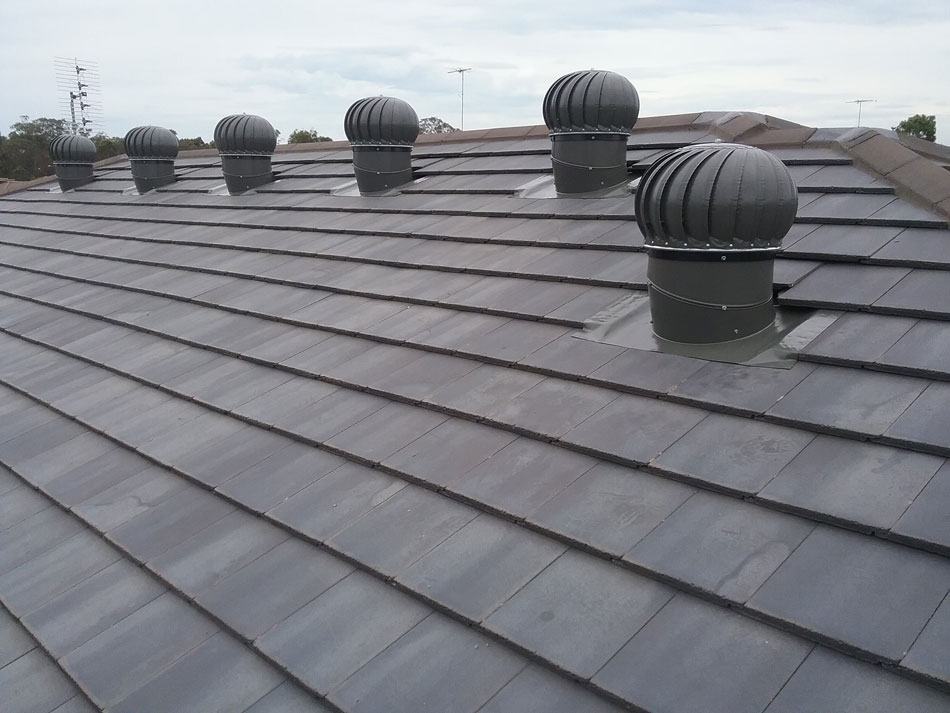
If you are looking for reliable, high-performance roof ventilation, Twista Whirlybirds are built to outperform! Proudly Australian-owned and operated, Twista has been manufacturing roof vents for over 30 years, with a reputation for engineering excellence, durability, and innovation.
Unlike cheap imports, Twista whirlybirds are specifically designed for harsh Australian conditions. They can handle everything from scorching summer heat to wild coastal winds! Made from marine-grade aluminium and UV-resistant materials, they resist corrosion, fading, and wear far better than standard roof vents.
What makes Twista stand out?
Australian-made with locally sourced materials
Tested to withstand cyclonic wind zones
Whisper-quiet operation thanks to precision-balanced turbines
15-year warranty for peace of mind
Easy DIY or professional installation options
Twista also offers a range of colours to match your roof, and both domestic and commercial-grade models, so there's a perfect option for every property.
Don't settle for noisy, short-lived ventilation systems! Invest in Twista Whirlybirds for a dependable, maintenance-free solution that improves comfort, cuts cooling costs, and adds long-term value to your home.